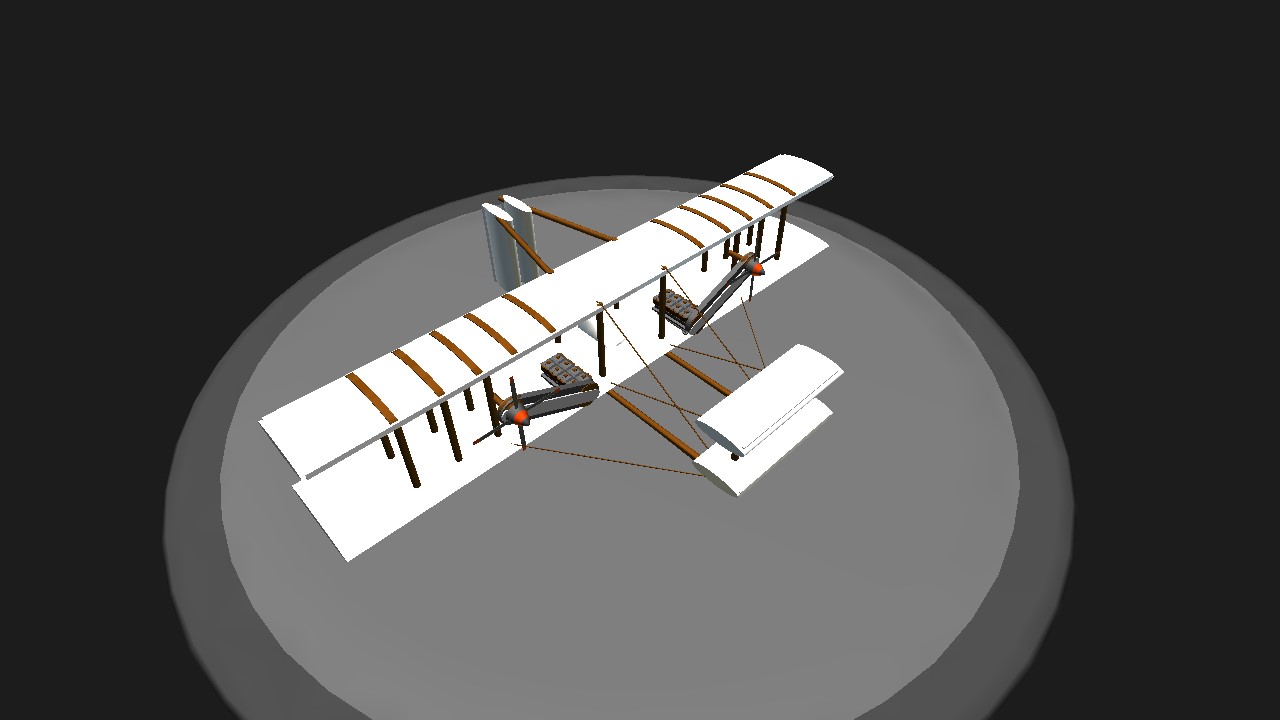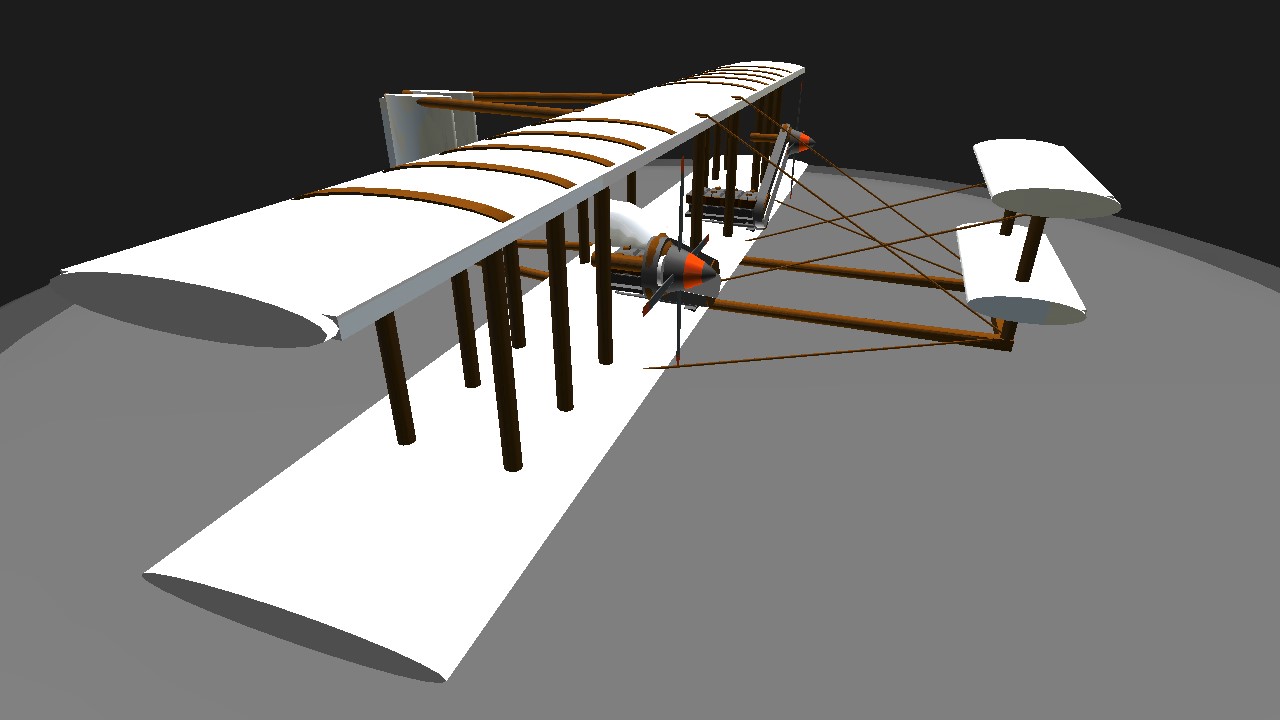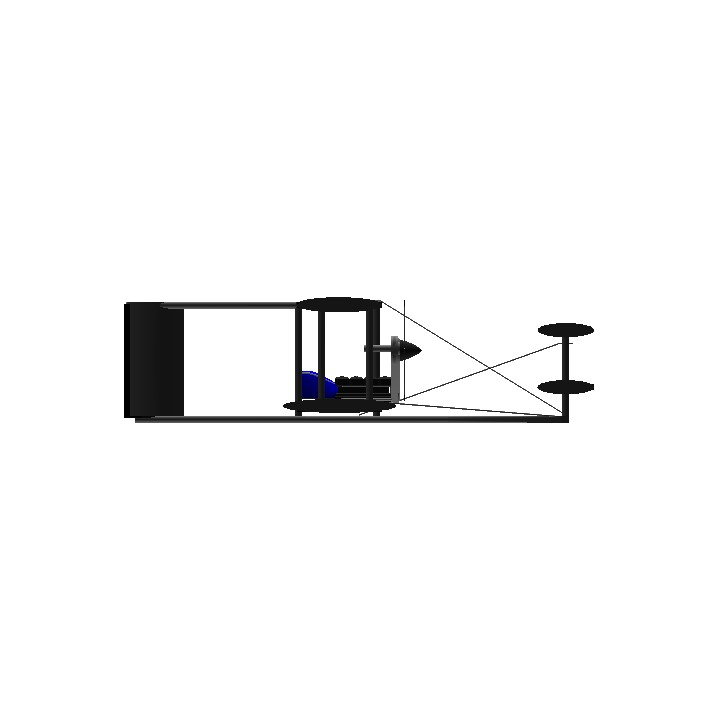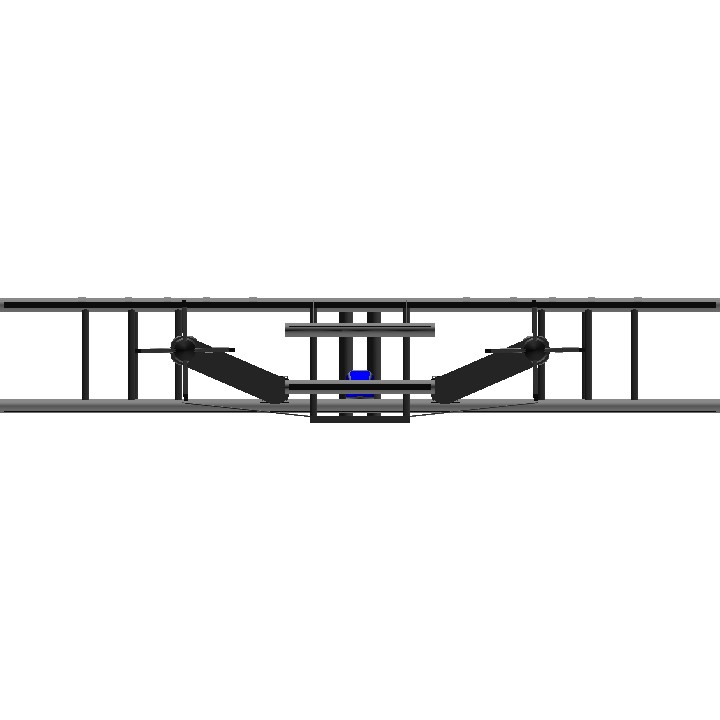important: must start at final approach
()()()()()()()()()()()()()()()()()()()()()()()()()()()()
The Wright Flyer (often retrospectively referred to as Flyer I or 1903 Flyer) was the first successful heavier-than-air powered aircraft. It was designed and built by the Wright brothers. They flew it four times on December 17, 1903, near Kill Devil Hills, about four miles (six kilometers) south of Kitty Hawk, North Carolina. Today, the airplane is exhibited in the National Air and Space Museum in Washington D.C. The U.S. Smithsonian Institution describes the aircraft as "the first powered, heavier-than-air machine to achieve controlled, sustained flight with a pilot aboard." The flight of the Wright Flyer marks the beginning of the "pioneer era" of aviation.The Flyer was based on the Wrights' experience testing gliders at Kitty Hawk between 1900 and 1902. Their last glider, the 1902 Glider, led directly to the design of the Wright Flyer.
The Wrights built the aircraft in 1903 using giant spruce wood as their construction material.The wings were designed with a 1-in-20 camber. Since they could not find a suitable automobile engine for the task, they commissioned their employee Charlie Taylor to build a new design from scratch, effectively a crude 12-horsepower (9-kilowatt) gasoline engine.[4] A sprocket chain drive, borrowing from bicycle technology, powered the twin propellers, which were also made by hand.[3] In order to avoid the risk of torque effects from affecting the aircraft handling, one drive chain was crossed over so that the propellers rotated in opposite directions.
The Flyer was a canard biplane configuration. As with the gliders, the pilot flew lying on his stomach on the lower wing with his head toward the front of the craft in an effort to reduce drag. He steered by moving a cradle attached to his hips. The cradle pulled wires which warped the wings and turned the rudder simultaneously.
The Flyer's "runway" was a track of 2x4s stood on their narrow edge, which the brothers nicknamed the "Junction Railroad."
Specifications
Spotlights
- TriStar 4.7 years ago
- AWESOMENESS360 4.7 years ago
General Characteristics
- Created On Windows
- Wingspan 41.4ft (12.6m)
- Length 27.0ft (8.2m)
- Height 7.2ft (2.2m)
- Empty Weight 9,461lbs (4,291kg)
- Loaded Weight 9,582lbs (4,346kg)
Performance
- Horse Power/Weight Ratio 0.208
- Wing Loading 10.1lbs/ft2 (49.2kg/m2)
- Wing Area 951.3ft2 (88.4m2)
- Drag Points 6398
Parts
- Number of Parts 100
- Control Surfaces 26
- Performance Cost 454







@Panthers4741 yeah at first i tought it was too
Pretty good for only 100 parts, nice job
Impeccable
Ive been to the national air and soave musem but i havent been to the early flight section
Great! Like the wires